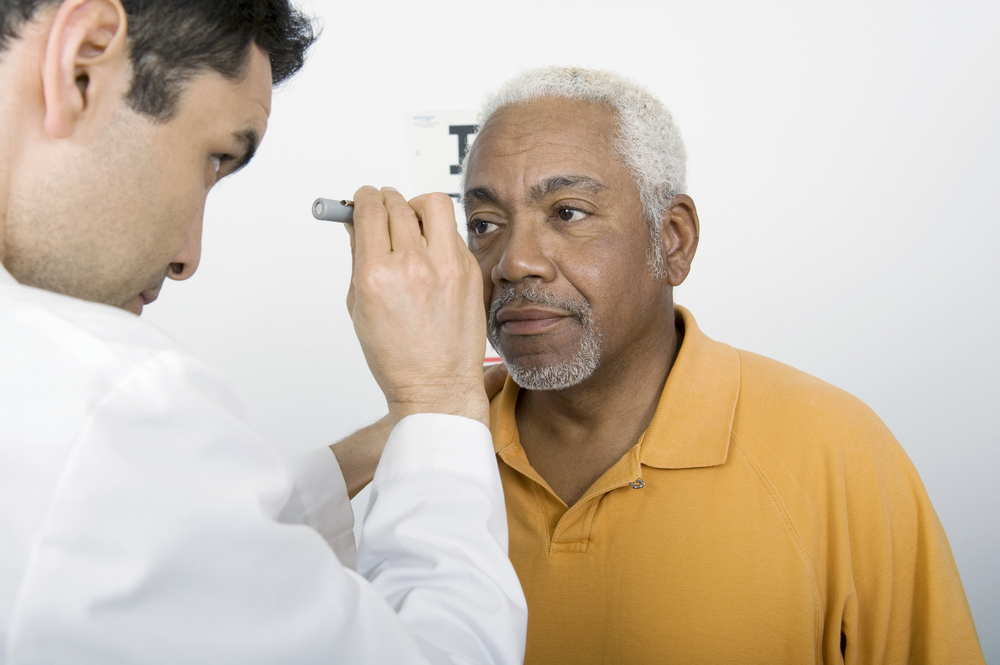If reading, cooking and other daily activities now seem difficult to do, you could have low vision.
February is low vision awareness month across the U.S. If you find it hard to see clearly, know that help is out there.
People with low vision have eyesight problems that cannot be corrected by wearing eyeglasses or contact lenses, taking medication or having eye surgery. It’s an impairment that can affect patients of all ages, but it most commonly hits those 65 years of age and older, and can be caused by eye diseases such age-related macular degeneration (AMD), cataract, diabetes and glaucoma.
Related: 7 Things You Should Avoid Doing With Your Eyes
Irreparable low vision can also be a result of eye injuries and birth defects. The trouble with low vision is that not only can it make going about your daily life difficult, it could also be causing you to feel anxious and depressed.
Here are 5 things you can do, if you suspect you have low vision:
1) Spot the Warning Signs
Not everyone experiences low vision in the same way, but experts say there are some common warning signs.
Even when you’re wearing your glasses or contact lenses, do you have trouble recognizing familiar faces? Is reading, cooking, fixing things around the house or sewing now more difficult? Is it hard to match the color of your clothing? Are traffic signs and stores hard to identify? Do lights consistently seem dimmer than normal?
These aren’t conclusive signs that you have vision loss, but they’re often indicators that something could be wrong. Talk to a professional if you’re concerned.
2) Visit an Eye Care Professional
Unfortunately, vision loss associated with low vision isn’t something you can restore. The sooner it’s detected by an eye care professional though, the greater your chances are of keeping the remaining vision that you still have.
3) Find a Support Team
Once you’ve been identified with low vision, having an effective support team on your side can be fundamental.
According to the National Eye Institute, this should include your primary eye care professional as well as an optometrist or ophthalmologist who specializes in low vision.
Related: Tips to Relieve Digital Eye Strain
Now is also a great time to take advantage of occupational therapists, orientation and mobility specialists, certified low vision therapists, counselors, and social workers who specialize in assisting patients with low vision.
There are many adjustments you can make in your life in order to carry on doing the things you love, and this team can help you find out how to access and implement them, so that you maintain your independence.
4) Communicate and Ask Questions
There are plenty of stories of people with low vision who have gotten the help they need and are now carrying on successfully with life. Professionals have advice and tips on adaptive devices that can help you see clearly, and programs that can help.
According to the National Eye Institute, communicating effectively with both your eye care professional and your low vision specialist is key.
Feel open to ask questions such as, what changes can I expect? What can I do to prolong my vision? Where can I find individual or group support to cope with my vision loss?
5) Find a Vision Rehab Program
Once you’ve been connected with a specialist, finding a vision rehabilitation program to suit your needs is the next step.
This can help you access training on how to best use magnifying and adaptive devices, and provide you with insights on living safely independently, ways to modify your home and where to locate further support and resources.
Have questions? For more information on living with low vision, click here. Life changes but carries on!
Photo credits: lassedesignen/Shutterstock.com; sirtravelalot/Shutterstock.com












